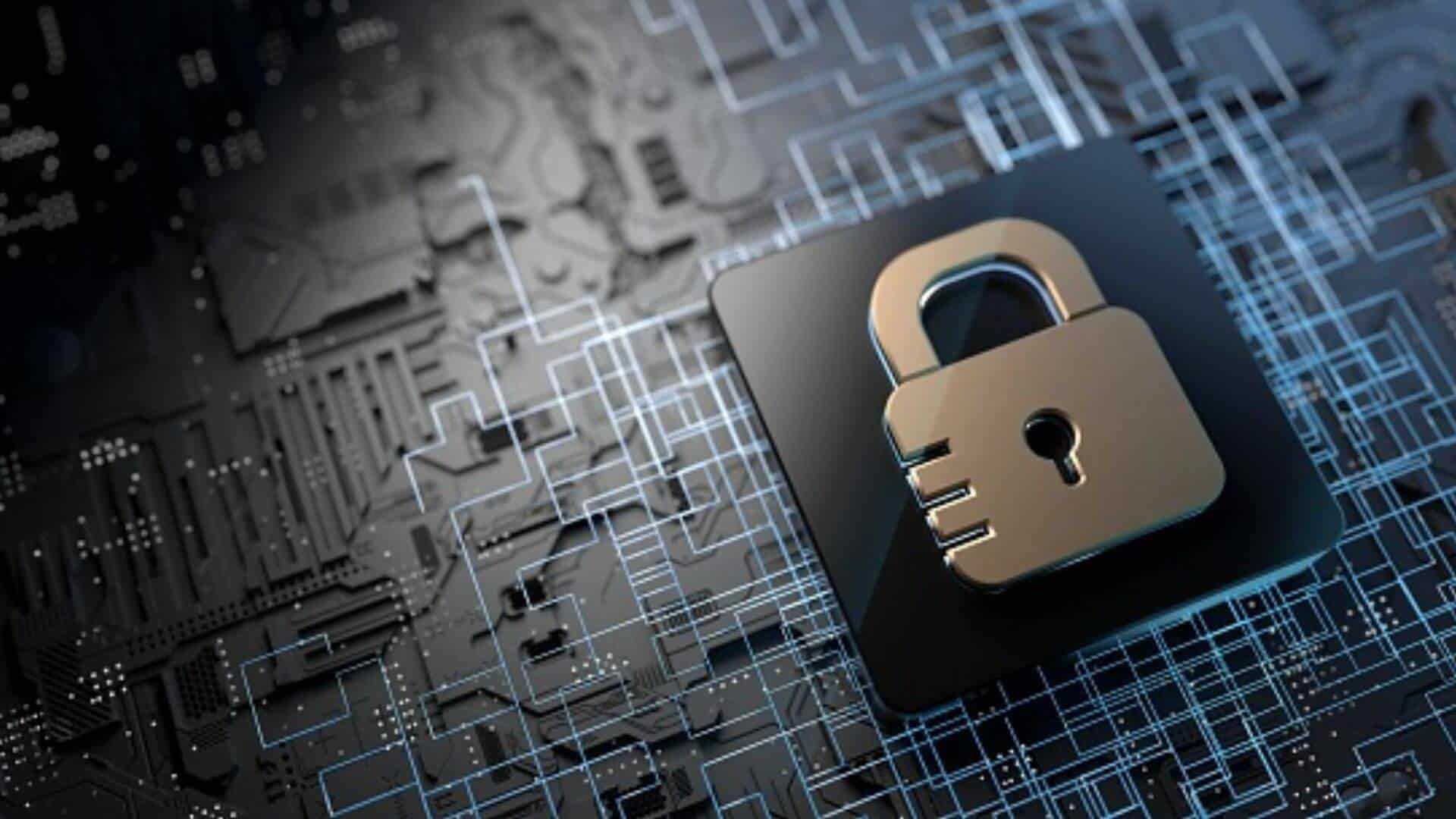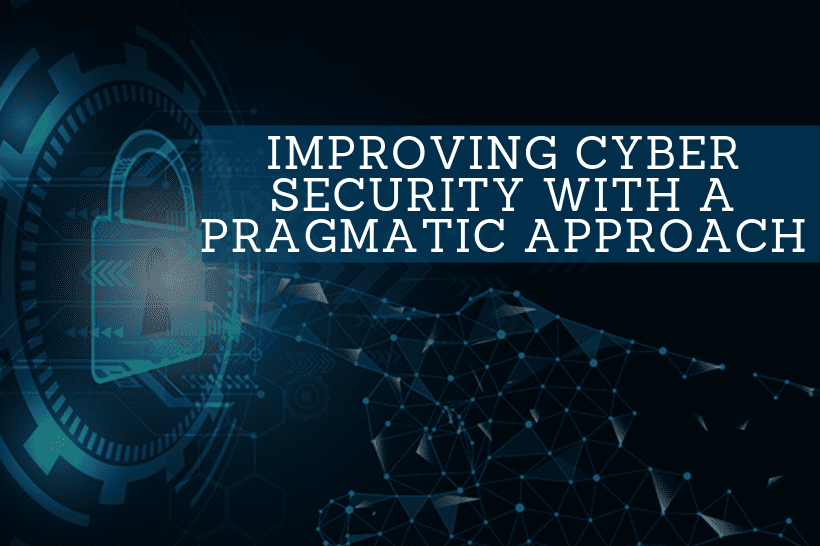Cybersecurity has emerged as one of the most important and rapidly expanding problems for companies and commercial enterprises throughout the world. Firms spent more than $150 billion on security in merely 2021.
Cybersecurity thieves are not just targeting huge commercial companies and global corporations nowadays. They are as zealous in their attacks on educational institutions as they are in their attacks on governments, medical institutions, and companies.
Schools and organizations are rushing to safeguard themselves from cyber-attacks as hackers increasingly target them as improbable but popular targets. Schools and educational institutions must now discover methods to safeguard their sensitive data online and prevent hackers from assaulting their kids and personal information, using anything from ransomware to phishing to brute-force techniques.
Cyber-Attacks on Educational Institutions
Education is becoming a major target for hackers for a variety of reasons. Hackers’ motivations might differ depending on the size, purpose, and prestige of educational institutions. For example, what may be a danger to world-renowned universities or colleges because of the high value put on their data may not be a concern for local schools or school districts. As a result, educational institutions must assess the risks and determine whether data is susceptible to illegal access.
A cyber-attack or ransomware assault on a big, internationally renowned institution may have significant ramifications for their brand reputation, which has been created over many years. As a result, such educational institutions must examine their cybersecurity resilience capabilities and incident response methods thoroughly.
They’d be well prepared ahead of time for ransomware attacks and work toward developing a good cyber incident response plan for themselves, similar to the plans many cybersecurity-focused organizations are developing today.
But, before we get into it, let’s take a look at some of the most common forms of assaults that educational institutions face today:
- A distributed denial of service (or DDoS) assault is a prevalent sort of internet attack that targets individuals and websites, including educational institutions. These assaults slow down any online productivity by interfering with one’s Internet connection and network.
DDOS attacks have been used against a number of well-known firms. Following firms have been targeted by DDOS attacks: Amazon Web Services (February 2020), GitHub (February 2018), and Dyn (February 2018). (October 2016).
- Online espionage is another sort of bad actor assault. Cybercriminals may monitor the activity of students, instructors, and others at a school or institution, and even use the information to abuse or threaten students or teachers. Cybercriminals may steal and/or damage educational data over an unsecured network.
- When espionage is employed to acquire sensitive data from organizations such as schools, colleges, and universities, this is known as data theft. Sensitive information often includes:
- Contact information for students (i.e., address, grade level and status, etc.)
- Personal information on students, instructors, and others (e.g., social security numbers, credit/debit card numbers, and so on).
- Grading systems, for example.
- When conducting theft and crime in a school or institution’s data system, cybercriminals are usually searching for monetary benefit. They have two options: they may either sell critical material online or keep the educational institution hostage. They may prevent the school from accessing its own data until a ransom is paid, so turning it into a ransomware assault.
Why Are Cyber-Attacks on Educational Institutions Increasing?
It’s no surprise that cyber-attacks are becoming more common, especially in education. But why are thieves increasingly targeting educational institutions?
First, school districts’ low funds are to fault for a lack of cybersecurity protection. This is partly true since protecting against malicious assaults requires better and smarter systems. Schools become an easy target for cyber fraudsters in the absence of such safeguards.
A shortage of technical personnel at educational institutions might also be a cause. While most school personnel consists of instructors, administration, custodians, and maintenance, having a tech team to check into cyber threats might be beneficial.
Another, more recent aspect is the dependence on technology, which has increased as a result of the continuing COVID-19 epidemic. The assault canvas has grown drastically as more individuals use online platforms for offering and attending instructional sessions.
Since the pandemic broke out on a worldwide scale, Accenture has seen a 125 percent rise in incident volume. Students, instructors, and administrators are more exposed to cyber attacks than ever before since schools and universities started using more and more technology and virtual resources during lockdowns and shutdowns.
Is There Anything That Can Be Done?
The good news is that even with limited funds and resources, schools and organizations may still defend themselves against hackers. Here are some helpful hints to consider:
- Make sure that everyone in your school or institution is properly trained. Ascertain that everyone – kids, teachers, staff, and others – understands how to recognize questionable internet behavior and what to do about it.
At least once a year, educational institutions should engage in cyber event planning and response training for their IT employees. This may assist the organization in developing its own efficient cyber event response strategies, which can help safeguard the institution from the financial and reputational harm that cyber-attacks can cause.
- Have an IT staff implement anti-ransomware, anti-phishing, and anti-DDOS security. Your organization may choose from a variety of low-cost services and one-time expenditures to improve overall cyber resilience. Your computer networks and systems will be significantly safer with a few simple security software, and your educational institution will be protected at least from many fundamental cyber dangers.
Encourage students and staff to adopt two-factor authentication wherever possible. Students, teachers, and other staff members should be required to submit not just a password, but also another level of authentication in the form of a secret response, completing a riddle, or inputting a numeric code when login into school computers (or other devices).
3. Practice “live fire” scenarios. “Live fire” exercises entail the administration performing a pretend cyber-attack during normal school hours, similar to traditional fire drills. As they strive to resolve and react to the problem, students and instructors turn to their training.
These exercises may also be sent to everyone at school by text messages, emails, and other means. Conducting a full-fledged cyber crisis tabletop simulation would be even better for educational institutions with a larger budget. These are scenario-based exercises that mimic a cyber-attack and push participants to think and behave as if an actual cyber-attack had occurred. These tabletop exercises are also incredibly cost-effective since they allow the firm to evaluate its cyber breach preparation while causing minimum interruption to normal operations.
Cyber-attacks may affect anybody, even schools and institutions, as you can see. That is why the education industry must adopt effective cybersecurity measures to safeguard students, professors, and everyone else involved with the school from harmful behavior, as well as the institution’s financial line and its painstakingly-built brand name.







